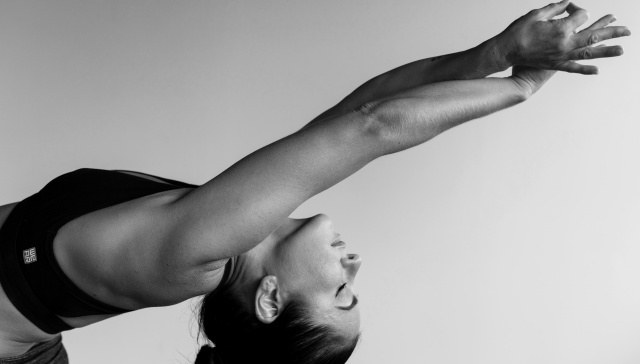Breathwork

When was Breathwork created?
Breathwork, as a practice, has evolved over thousands of years across different cultures. Its roots can be traced back to ancient traditions:
- Pranayama in Yoga: Breath control practices (pranayama) are a core part of yoga, originating in ancient India over 5,000 years ago. These techniques were developed to regulate energy (prana) and support meditation.
- Taoist Practices: In ancient China, Taoist traditions included breath-focused exercises to harmonize the body and mind, often linked to martial arts and meditation.
- Shamanic and Indigenous Practices: Many indigenous cultures worldwide have used breathwork in rituals and healing practices for centuries.
Modern breathwork techniques are more recent adaptations that draw inspiration from these ancient traditions.
What is Breathwork?
In India, breathwork is deeply rooted in ancient practices like yoga and pranayama (controlled breathing techniques). It is believed to help regulate and enhance prana, which is considered the vital life force or energy that sustains all living beings. According to Indian philosophy, prana flows through energy channels (nadis) and centers (chakras) in the body. Breathwork is thought to balance energy flow, enhance vitality, calm the mind and support healing.
Some traditional yoga practises use breathwork during their classes. In Iyengar yoga for example, you always practise Pranayama the last week of the month, and classes can include breathing techniques like Ujjayi Pranayama (tilt the head down to constrict the throat), Viloma (interrupted breathing on the inhale or on the exhale) or Bhramari (Bee Breath).
Breathwork benefits
Breathwork offers a wide range of benefits for physical, mental, and emotional well-being:
- Stress Reduction: Breathwork activates the parasympathetic nervous system, which helps calm the body and mind, reducing stress and anxiety levels.
- Improved Mental Clarity: By increasing oxygen flow to the brain, breathwork can enhance focus, concentration, and mental clarity.
- Emotional Regulation: Breathwork helps release pent-up emotions and promotes emotional balance, making it easier to process and manage feelings like anger, sadness, or frustration.
- Enhanced Energy Levels: Deep, intentional breathing increases oxygen supply to the body, boosting energy and vitality.
- Reduced Anxiety: Techniques like diaphragmatic breathing or box breathing can help lower heart rate and reduce symptoms of anxiety.
- Boosted Immune System: Breathwork can stimulate the lymphatic system, aiding in detoxification and improving immune function.
What happens during a breathwork class?
The teacher will usually take you through some small movements to activate your body and then will guide you through a series of breathing exercises. You can read about famous breathing exercises like box breathing or belly breathing below.
Breathwork is suitable for all participants, no matter their age or ability. It is practiced in a seated or lying position so it is safe for everyone to join.
Much like an Asana yoga class, it is suggested that you do not eat for an hour before a breathwork class. Drinking water prior to a class is fine, but bear in mind that you will be engaging your abdomen in some exercises so don’t fill your stomach.
Breathwork is often practiced seated, maintaining a tall spine. Seated poses that may be suggested are Sukhasana / Cross-legged Pose, Virasana / Hero’s Pose or Padmasana / Lotus Pose.
If you're at home you can dress in your usual yoga clothes, making sure you’ll be comfortable for the class duration. You can seat on a folded blanket or on a firm cushion.
If you're at work, you could untuck your shirt and loosen up your belt so you're not too constrained, and you can sit on your desk chair.
1. Box Breathing (Square Breathing)
- Purpose: Reduces stress, calms the mind, and improves focus.
- How to Do It:
- Inhale deeply through your nose for 4 seconds.
- Hold your breath for 4 seconds.
- Exhale slowly through your mouth for 4 seconds.
- Hold your breath again for 4 seconds.
- Repeat the cycle for 5-10 minutes.
- Tip: Visualize drawing a square with each phase of the breath to stay focused.
These techniques cater to different needs, from relaxation to energy balancing and emotional release.
Diaphragmatic Breathing (Belly Breathing)
- Purpose: Improves lung capacity, reduces anxiety, and promotes relaxation.
- How to Do It:
- Sit or lie down in a comfortable position.
- Place one hand on your chest and the other on your belly.
- Inhale deeply through your nose, allowing your belly to rise (not your chest).
- Exhale slowly through your mouth, letting your belly fall.
- Repeat for 5-10 minutes, focusing on slow, deep breaths.
- Tip: Keep your chest as still as possible to engage the diaphragm fully.
4-7-8 Breathing
Purpose: Promotes relaxation, helps with sleep, and reduces stress.
- How to Do It:
- Inhale deeply through your nose for 4 seconds.
- Hold your breath for 7 seconds.
- Exhale slowly and completely through your mouth for 8 seconds.
- Repeat the cycle 4-8 times.
- Tip: Exhale with a "whooshing" sound to release tension.
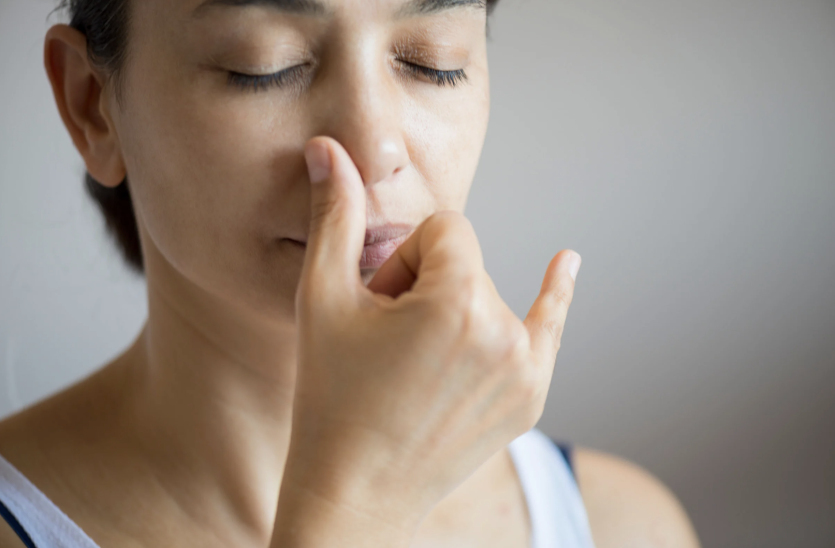
Alternate Nostril Breathing (Nadi Shodhana)
- Purpose: Balances energy, calms the mind, and improves focus.
- How to Do It:
- Sit comfortably and use your thumb to close your right nostril.
- Inhale deeply through your left nostril.
- Close your left nostril with your ring finger and release your thumb from the right nostril.
- Exhale through your right nostril.
- Inhale through your right nostril, then switch nostrils and exhale through the left.
- Repeat for 5-10 minutes.
- Tip: Keep your breathing smooth and even throughout.
Join our online Breathwork classes!
Our Breathwork teachers

Chloë Moloney
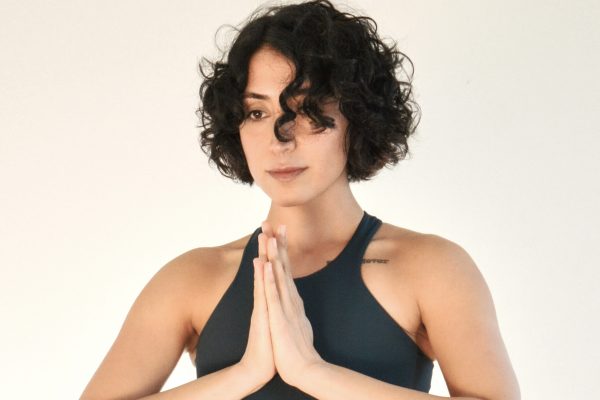
Mia Nazari
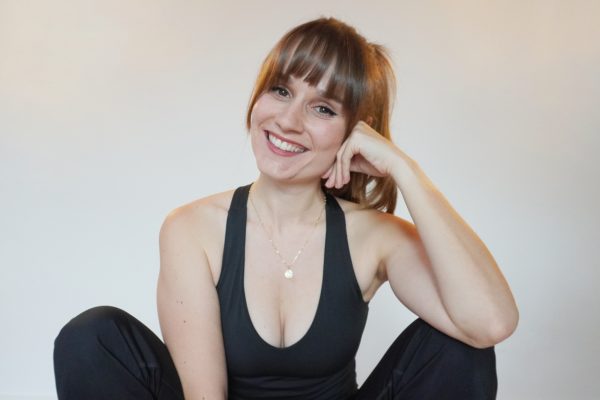
Kayleigh Goodman

Jacqueline Farrant
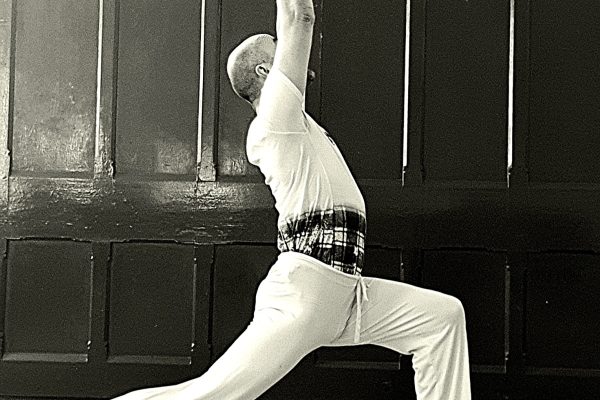
Jules Douglas

Kara Barrett
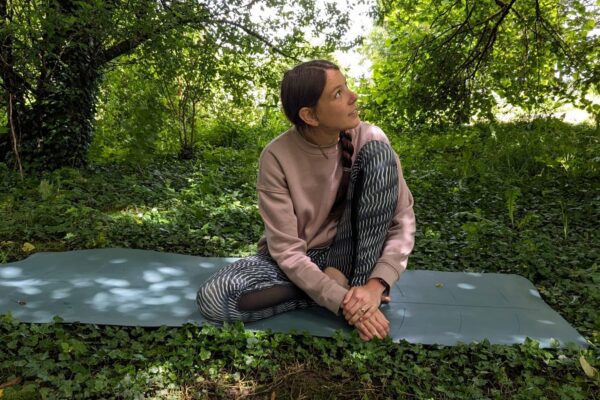
Laura Waddoups

Nick Stolerman
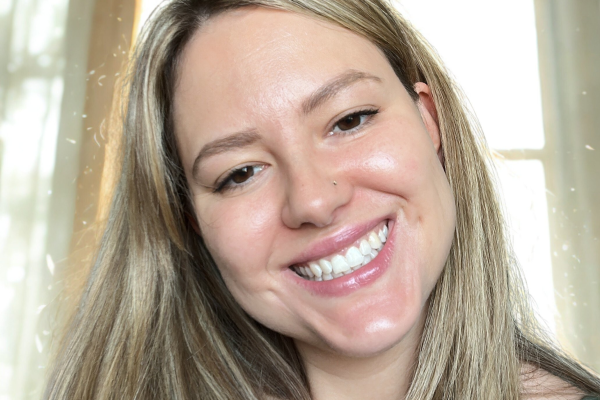
Karolina Ziobrowska

 Live Yoga Teachers
Live Yoga Teachers
